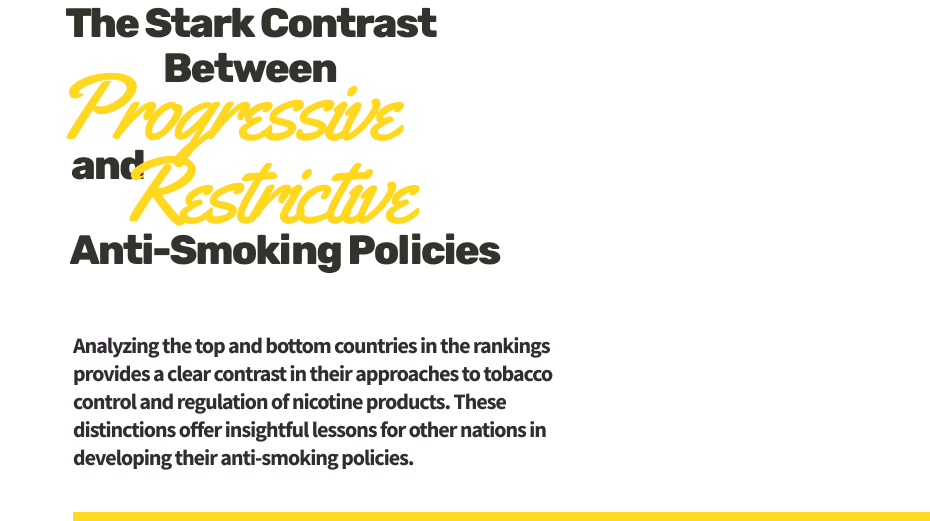At the forefront, the United Kingdom, particularly England, exemplifies a progressive approach, especially noticeable in its vaping policies. Showing a careful balance between addressing public health concerns and providing safer alternatives for smokers. Similarly, Sweden's high rank, primarily driven by its unique stance on nicotine pouches and snus, showcases a successful harm reduction strategy. Sweden's historical experience in managing snus, and more contemporarily nicotine pouches, can provide valuable insights for handling other tobacco alternatives.
The Czech Republic and Slovakia also rank high, with favorable scores in vaping and THPs. Their rankings suggest a regulatory environment that is more receptive to these alternatives, possibly viewing them as effective tools in reducing traditional smoking harms. Greece and Ireland follow a similar pattern, demonstrating a high acceptance of vaping, indicative of a focus on harm reduction. Germany, too, mirrors this trend, with its high ranking in vaping and THP reflecting a balanced regulatory approach.
In contrast, countries like Australia represent a more stringent policy framework, with zero scores across all categories. This approach highlights a focus on minimizing all forms of tobacco use but opens up discussions on the role of harm reduction strategies. Argentina's approach is too restrictive, showing some acceptance of NPs and Snus compared to vaping and THPs.
Japan's unique position on THPs, coupled with lower rankings in other categories, might reflect a targeted strategy focusing on specific tobacco alternatives, possibly influenced by cultural and social factors. Countries like Uruguay and China exhibit a narrow approach towards innovative smoking alternatives, likely shaped by broader public health policies and cultural attitudes. India and Brazil, with low scores across the board, demonstrate a restrictive regulatory environment, perhaps prioritizing smoking cessation over harm reduction.
The contrasting strategies of these countries in the rankings illustrate the diverse global landscape of tobacco control. The top-ranked countries often integrate safer nicotine products with traditional tobacco control measures, while the bottom-ranked ones tend to be more restrictive. The varied experiences of these countries offer valuable lessons on the effectiveness of different approaches to tobacco control and can inform future policy-making on a global scale.






















